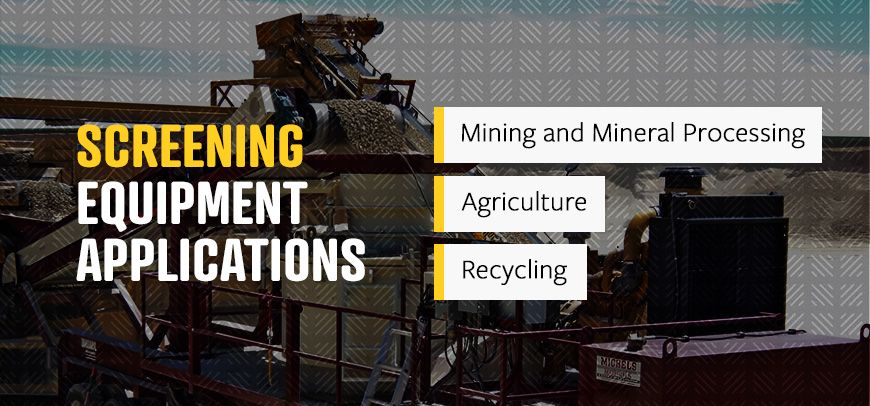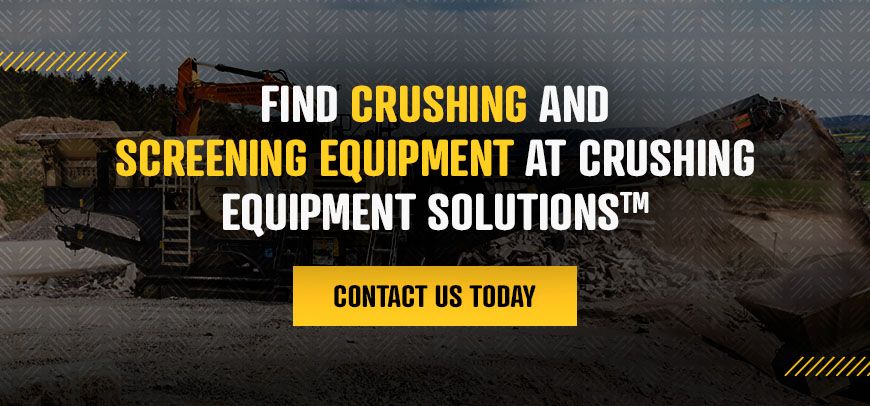Screeners organize matter by size through a reasonably straightforward process. Depending on the specific type of machine, the raw matter will move over the top screen. Either vibrations, rotations or gravity will then affect the particles to encourage finer material to fall through the openings.
Optimal efficiency relies on proper adjustments to the machine's speed, angle of incline, rotation or direction of movement, depending on the specific type of screener. These parameters influence the depth of the bed and the quality of the sorting process.
As raw materials are fed onto the screen through the feeding tray, larger particles can prohibit the movement of smaller particles, leading to a build-up on the surface. With proper adjustments, the correct bed depth allows smaller particles to pass through the openings.
The operator must set the adjustments and load the raw matter into the feeder. Monitoring the machine is essential to ensure quality material handling. The separation process can be efficient enough to sort material sizes after a single run. However, some processes may require particles to be sorted into finer and finer particles over several runs or through numerous points in the machine.
Efficient screening processes also rely on ongoing maintenance. Wear and tear can slowly degrade the performance. So, be sure to schedule routine maintenance services when investing in a screener. Factory service technicians can keep your machinery in check. General routine maintenance should include inspecting the overall performance and then adjusting functions to maximize performance.
It is essential to inspect the machinery for signs of wear and tear to prioritize part repair and replacement when necessary. Maintenance services also include cleaning the parts, checking the test motor, greasing the bearing and tightening loose nuts and bolts. These maintenance efforts will keep your screener in top condition.


